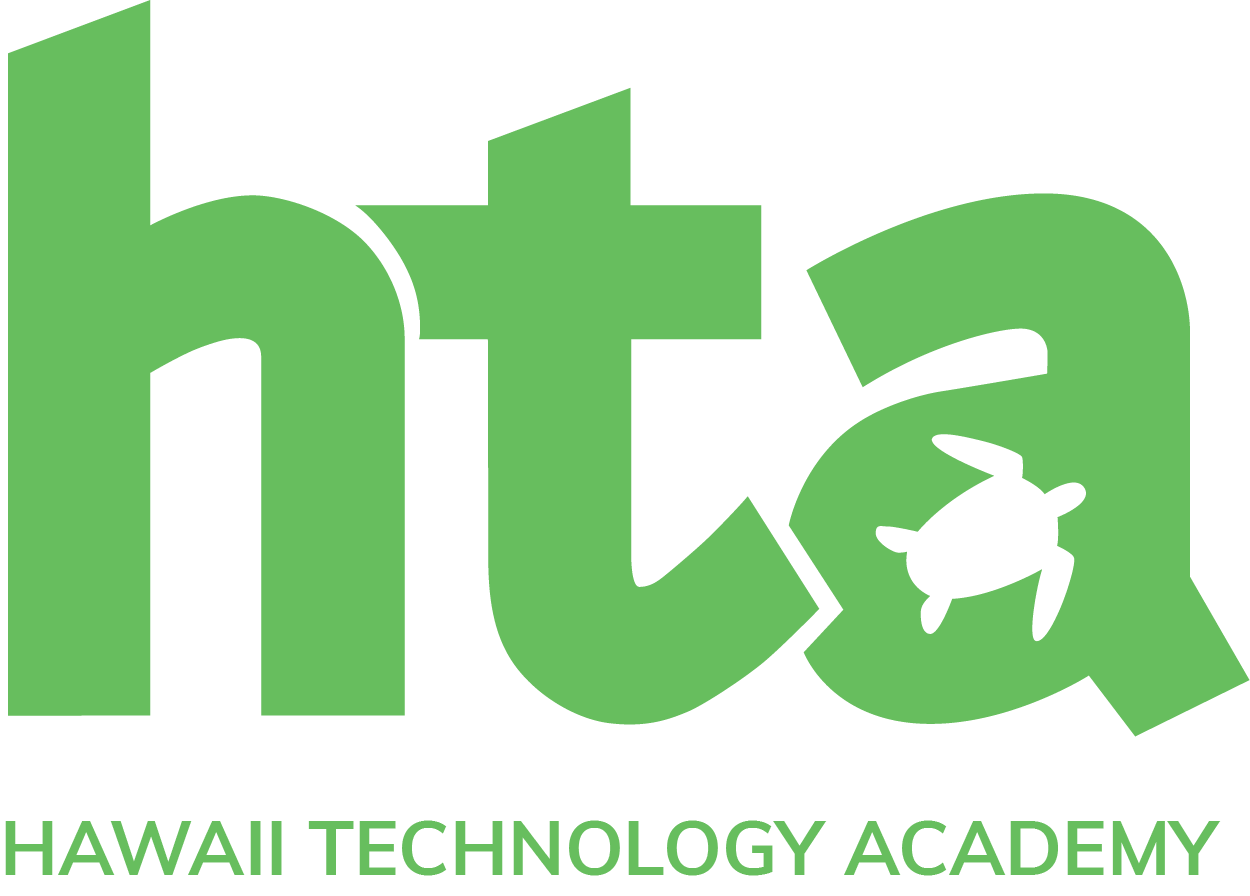Prompt
You will generate initial ideas about their concept in the form of sketches, collaboratively writing a project thesis statement and developing a project name. A project thesis is an important step in starting a collaborative partner project. We will use this time to combine ideas and arrive at the conceptual directions of our project.
Instructions
- Settle on 2-3 concepts that encompasses your project design and sketch multiple drawings of each concept.
- Share your sketches with the people you are sharing the puzzle with. Give each other feedback and suggest ways you might connect each piece together.
- Go through the slides and learn about creating a project thesis. Then, create a project thesis for each idea you might have.
- Then, start brainstorming ways to name your different project ideas. Use the tips from the slides to help you decide.
- Compile your sketches with their project thesis and titles on a slide show. Then, share with your class.
Deliverables
At the end of this activity, you will have sketches of your different project ideas, a project name and a draft of a project concept thesis sentence. Combine these into a single post and add it to the Responses tab above.

:rotate(0)/4vak3w14u05cp2adek22clelc2ua)
:rotate(0)/7iwsb5dgx7c5cqeguj2580t1mv4r)

:rotate(0)/2did6lfx18wym122tv1fvvqghyjw)
:rotate(0)/kqi3gu7mos4gkdw2mn1a8zx65zos)
:rotate(0)/tvn1kjvudqbhnl1xjue35ub1xff2)
:rotate(0)/r5wuiapoc1fl9k4tzfykp2l5nemu)